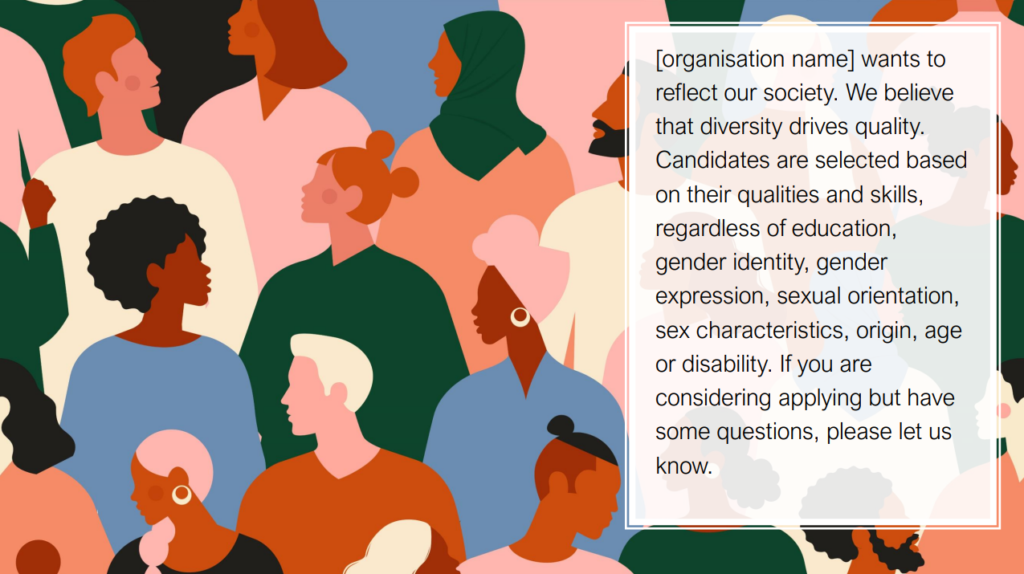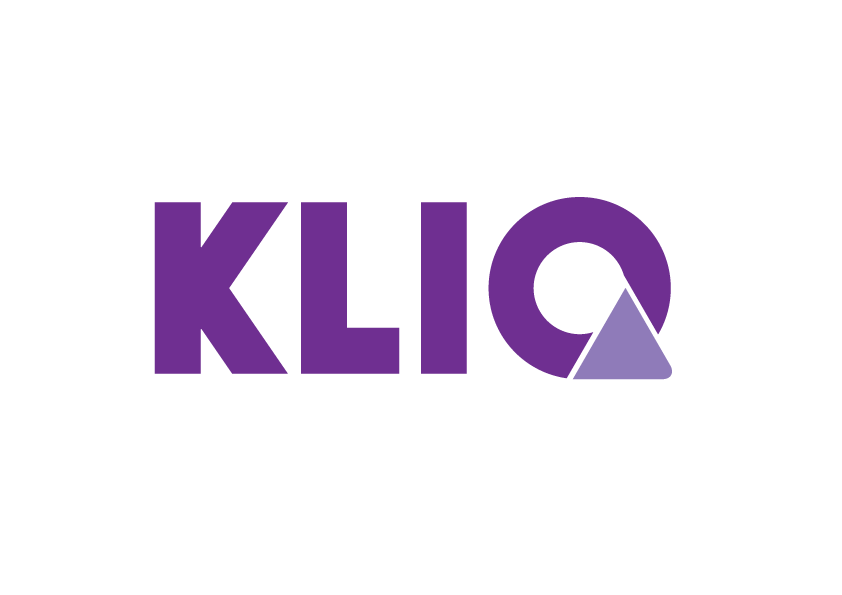Join our team
Are there many employees in your organisation who you know belong to the LGBTQI+ community?
Do you take them into account when drafting your policy?
How can you create more openness towards LGBTQI+-employees?
What can you do to attract LGBTQI+-employees?
For example, by adding ‘M/F’ to your vacancy, you will exclude potential employees who do not identify as being male or female. This can be resolved very easily by placing ‘M/F/X’ in your vacancy, or why not ‘F/X/M’? You could also write ‘wanted: motivated colleague!’ and leave out the ‘X/M/F’ completely.
You can also include an inclusive invitation at the end of the vacancy, such as ‘We encourage everyone to apply for this position, regardless of gender, age, origin, sexual preference, disability, etc… By adding ‘gender, age, origin, sexual preference, disability, etc.’ you explicitly address these groups. This increases the chances that they will apply. You can make it even stronger by, for example, adding that diversity is seen as an added value within the organisation.
This is a good example of how you could do it.

In addition to an inclusive job advert, it is also important that potential employees find their way to your organisation.
Take a closer look at your recruitment policy;
– Which recruitment channels do you usually use?
– How could you broaden your recruitment scope?
It’s also important that they feel welcome in your organisation. Potential employees may take a look at your website before applying. What can you do to ensure that all potential employees feel engaged and welcome in your organisation?
– Make diversity and inclusion part of your vision and mission. You can make this very explicit, e.g. by having the CEO speak about this or by signing a diversity charter and posting it on your website.
– Make diversity and inclusion visible in words (use inclusive terminology) and images (use a diversity of employees in images) on your website.
– Putting together a panel of people from diverse bachgrounds means decision-making based on unconscious bias is less likely. By having people with different backgrounds and competences reviewing the applicant, it is more likely that each of them will focus on other aspects and bias will be more levelled out.
